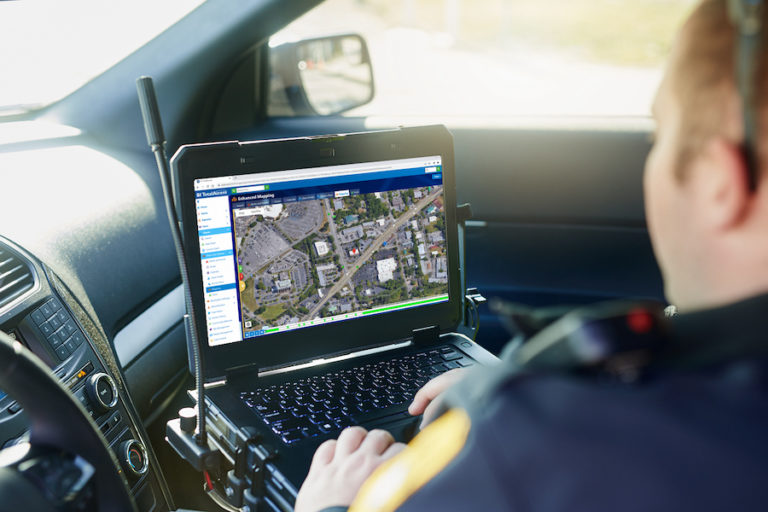The importance of information gathering for crime scene investigation cannot be overstated. The ability to recognize and properly collect all evidence is oftentimes critical to both solving and prosecuting crimes.
There are many types of evidence gathered in crime scene investigations. They may include, but are not limited to:
- Direct evidence
- Physical evidence
- Forensic evidence
- Testimonial evidence
According to the National Institute of Justice (NIJ), “Digital evidence is information stored or transmitted in binary form that may be relied on in court. It can be found on a computer hard drive, a mobile phone, and other places.”
NIJ suggests that agencies across the country are struggling to keep up with rapidly evolving technologies and the volume of digital evidence they generate. Many departments have limited budgets and few opportunities for officers to receive proper equipment and training. As a result, there are frequently large backlogs in analyzing digital evidence.
Correlation Versus Causation
It is important to recognize the difference between correlation and causation when it comes to digital evidence.
Correlation does not always imply causation. Instead, correlation is a measure of the strength and direction of a relationship between two or more variables. While causation is concerned with how one variable might directly influence another variable, if at all.
A high school psychology teacher’s blog shares an example from a Harvard student who created humorous graphs to help illustrate how correlation does not always equate to causation.
Even though correlation does not prove causation, it can provide a strong piece of crime scene evidence in a wide-ranging investigation.
Digital Forensics in Crime Scene Investigation
Put simply, digital forensics is the process of retrieving, storing, and analyzing electronic data that can be useful in criminal investigations. This includes information from computers, hard drives, mobile phones, and other data storage devices.
Today, location data is of great interest in litigation when attempting to establish or challenge an alibi. Information from GPS connected devices can include:
- Historic locations
- Favorite locations
- Track points (locations where the GPS has been)
- Tracklogs (complete list of track points the unit has created)
- Waypoints (locations where the user was physically and saved as a location of interest)
- Routes (custom series of waypoints created by a user to navigate in a specific order)
As we covered in our November 22 blog post, GPS is currently one of the most accurate tracking technologies available.
When it comes to digital forensics, investigators face challenges such as extracting data from damaged or destroyed devices or locating individual items of evidence among vast quantities of data and ensuring that their methods capture data that is reliable without altering it in any way.
BI TotalAccess® Crime Scene Correlation: Effective Data Governance for Near-time Data Sharing
While individual agencies oversee the accuracy of their input of crime scene data, BI Crime Scene Correlation helps them go beyond simple data management. It helps agencies set internal standards such as data policies that apply to how information is gathered, stored, processed, and disseminated. It even lets agencies define who can access the data.
This flexible TotalAccess add-on:
- Automatically collects predefined datasets
- Matches client GPS data with crime scene date, time, and proximity data
- Sends alerts when a match is found
- Correlates data periodically throughout the day
- Allows agencies to share relevant data quickly and securely
Aggregated information can include 911 call information, police incident reports, non-emergency reports and other meaningful data for a full crime scene investigation.



